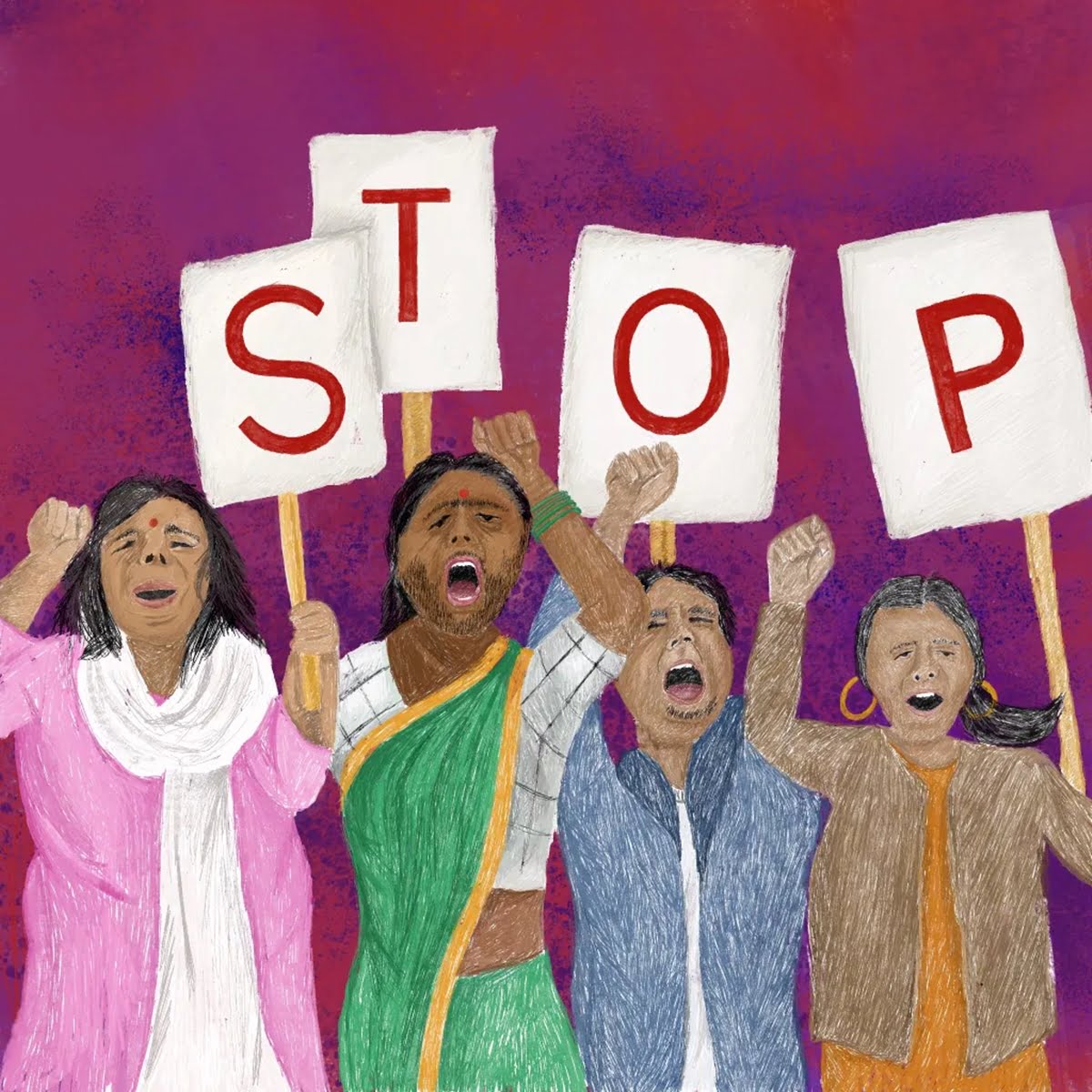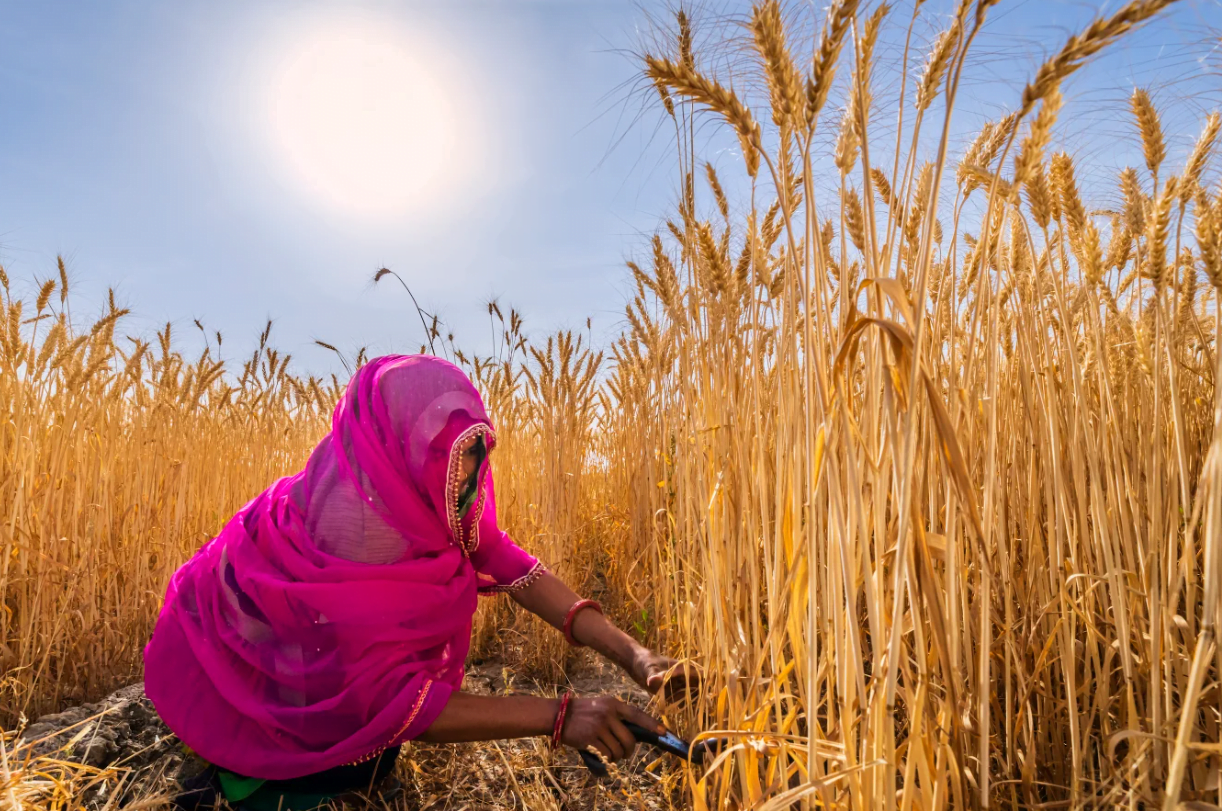While the landmark court verdict in the M.J. Akbar vs Priya Ramani case was a matter of joy for many Indian women, it is important to remember that there are innumerable women who continue to face sexual harassment at their workplaces and find no mechanism to lodge a complain even. In this context, a study done jointly by South Asian Women In Media (SAWM) and Sanhita Gender Resource Centre, titled “The Hidden Stories : Sexual Harassment of Women Journalists in West Bengal” becomes an important literature to look at. A draft report was released on March 8, 2021 on the occasion of International Women’s Day in an online event. The emotional turmoil that sexual harassment results in in survivors, was evident from the speeches given by the researchers and the journalists who talked in the event.
The introduction of the report on women journalists in West Bengal starts with: “In the wake of the #MeToo Movement in India, when women journalists spoke out against sexual harassment they faced at work, we felt the need to take a critical look at how media organisations approach and deal with the issue.”
The introduction of the report on women journalists in West Bengal starts with: “In the wake of the #MeToo Movement in India, when women journalists spoke out against sexual harassment they faced at work, we felt the need to take a critical look at how media organisations approach and deal with the issue.”
Also read: Priya Ramani’s Victory Is A Hope For Many Who Said #MeToo
The purpose of this study was to map prevalence, frequency and the nature of harassment that women journalists faced and related issues. It also tried to analyse recruitment policies and gender equity within media houses. The study entailed survey with 90 journalists (45 men and 45 women) as well as Focus Group discussions with photojournalists and district level journalists. The researchers revealed that it was an extremely challenging task for them as it required the respondent’s trust of complete confidentiality to talk about such a sensitive issue. During the literature review for this study, they found men’s perspective in it to be absent, so they decided to interview male journalists too. Also, it was made very clear to them that this study is not done to name and shame anyone but to identify the problem and finding way forward.
Not surprisingly, the study talks about prevailing misogyny in the media houses. From sexist jokes to dividing work according to gender, discrimination is prevalent in newsrooms. 56% women journalists reported that they faced sexual harassment while majority of the journalists knew of at least one similar case within the organisation. Verbal harassment is most common, with 60% reporting about same. Non verbal harassments like staring or lewd gestures were also reported.
Shuma Raha, a journalist, who tweeted about similar harassment by M J Akbar just after Priya Ramani tweeted and supported Ramani in her case, was one of the speakers. While mentioning how every time a woman speaks about harassment, it is the victim that faces the consequences, she also mentioned that because media people have “informal work culture”, everything is taken very casually. This was evident as this study says that only 40% of the respondent said there is an Internal Complaints Committee, ICC (as mandated by the law) in their organisations. It is most surprising that 31% of the journalists were not aware if such committees exist – one does expect that majority of the journalists will have some awareness on this issue, so this information is bit unsettling.
This study also found that photojournalists, freelance journalists and those who work in different districts of West Bengal are more vulnerable to physical violence. The photojournalist mentioned that the nature of their job demanded jostling in the crowd to get a good photo, and sometimes one had to compromise with dignity for the same.. One of the photojournalists who spoke at the report launch mentioned how gender dimensions work during division of assignments. Not just that the women journalists get “soft beats” like culture or education and health whereas men getting politics or sports as their beats, it is often thought that women photojournalists will never be able to bring good photos and rarely given good assignments.
Not just that the women journalists get “soft beats” like culture or education and health whereas men getting politics or sports as their beats, it is often thought that women photojournalists will never be able to bring good photos and rarely given good assignments.
Also read: Carnatic Music’s #MeToo: How Media Defeated The Cause By Enabling The Artistes
A senior woman journalist who works in the district is quoted in the report – “When I go out to cover any story or event, often it is at a very crowded venue. Women journalists are far and few in the districts and usually I am the only woman among several men. I somehow guard myself by extending my arms. If I am not alert, hands from three directions will come and paw or touch me. Male journalists constantly refer to me as ‘bhabiji’ and question my ability to cover news. They also keep commenting on my clothes and ask pointed questions like ‘Aap kya jeans pehen ke news cover karne jati hai (Do you go on reporting assignments wearing jeans)?’”
It is obvious that sexual harassment does not happen in a vacuum and it is evident from the study that organisational culture needs to be changed to make it safe for women. While senior women journalists had to once fight to get gender segregated toilets (there were fewer women in journalism then), now it’s time to bring in overall transformation within media houses. We cannot expect media to play the role of the forth pillar of democracy while hiding skeletons inside their own houses.
Featured image source: Aasawari Kulkarni/Feminism In India




